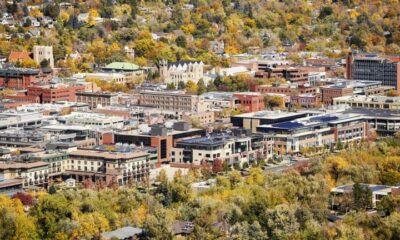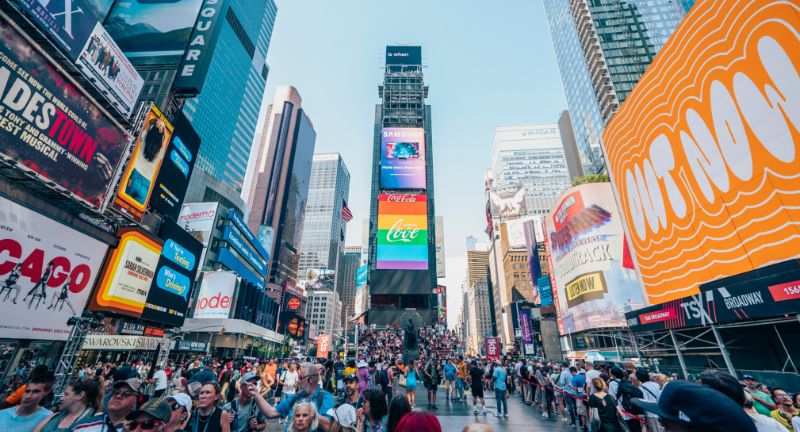
Shutterstock
Imagine living in a city where the hustle and bustle of daily life doesn’t include the stress of car ownership—no more searching for parking, dealing with traffic, or paying for gas and maintenance. In several U.S. cities, robust public transportation systems, walkable neighborhoods, and extensive bike lanes make it possible to thrive without a car. Not only does this lifestyle choice promote better health and environmental sustainability, but it also translates into significant financial savings.
By cutting out car-related expenses, residents can allocate more of their income towards experiences, dining, and savings. Discover 25 cities in the United States where you can enjoy the freedom and cost benefits of a car-free life.
New York, New York

Shutterstock
New York City, the ultimate metropolis, boasts one of the most extensive and efficient public transportation systems in the world. The iconic subway system, complemented by an extensive bus network and bike-share program, ensures you can traverse the five boroughs with ease. Walking is not just convenient but a way of life, with everything from groceries to entertainment within a short stroll. This pedestrian-friendly environment makes it effortless to live without a car in the city that never sleeps.
San Francisco, California
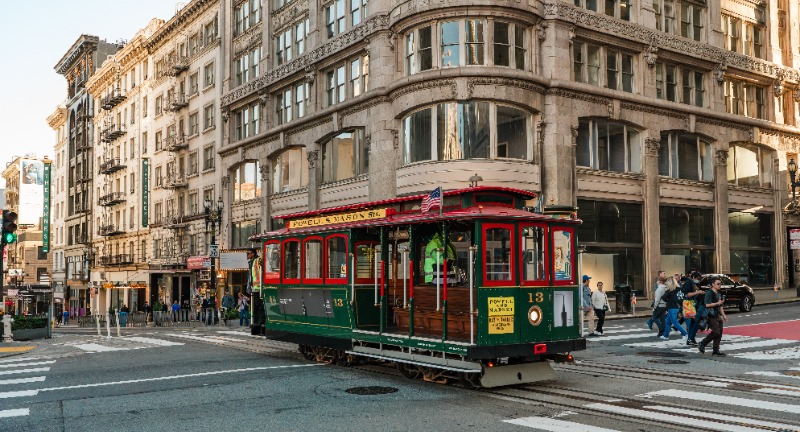
Shutterstock
San Francisco’s compact layout and diverse public transportation options, including the famous cable cars, make it ideal for car-free living. The Bay Area Rapid Transit (BART) system connects the city with surrounding regions, while the Muni network covers local needs. The city is also renowned for its bike-friendly streets and scenic routes, perfect for cyclists. With vibrant neighborhoods, cultural landmarks, and essential services easily accessible, a car becomes an unnecessary burden.
Boston, Massachusetts
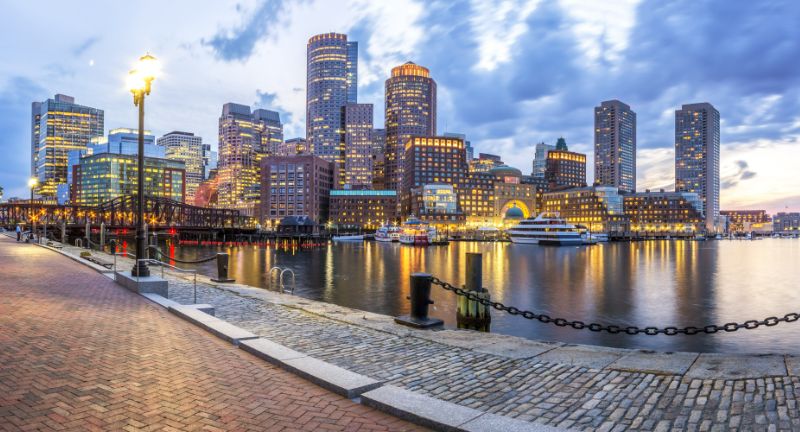
Shutterstock
Boston’s historic charm and modern infrastructure create a perfect blend for those living without a car. The MBTA, affectionately known as “The T,” provides comprehensive coverage with subways, buses, and commuter rails. The city’s compact nature and pedestrian-friendly design mean that many destinations are within walking distance. From the cobblestone streets of Beacon Hill to the bustling markets of Faneuil Hall, Boston is a walker’s paradise.
Washington, D.C.
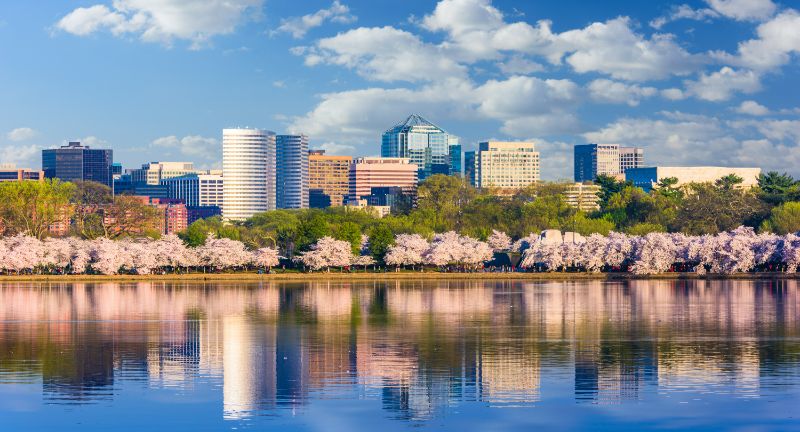
Shutterstock
Washington, D.C.’s efficient metro system, extensive bus routes, and well-maintained bike lanes make car-free living a breeze. The capital’s layout encourages walking, with major attractions like the National Mall, museums, and government buildings easily accessible on foot. The city’s bike-sharing program, Capital Bikeshare, is one of the largest in the nation, further promoting an active lifestyle. In D.C., public transportation and pedestrian paths seamlessly integrate to offer unmatched convenience.
Chicago, Illinois
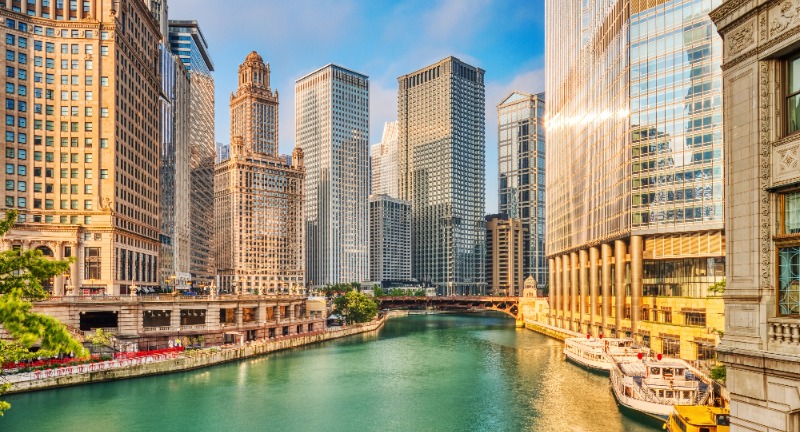
Shutterstock
Chicago’s ‘L’ trains and comprehensive bus network cover every corner of the city, making car ownership optional. The Windy City’s flat terrain and dedicated bike lanes attract cyclists of all levels, while the walkability of downtown and various neighborhoods simplifies everyday errands. The city’s vibrant cultural scene, parks, and lakeshore are all easily reachable by foot or public transit. Living in Chicago without a car is not only feasible but highly enjoyable.
Seattle, Washington
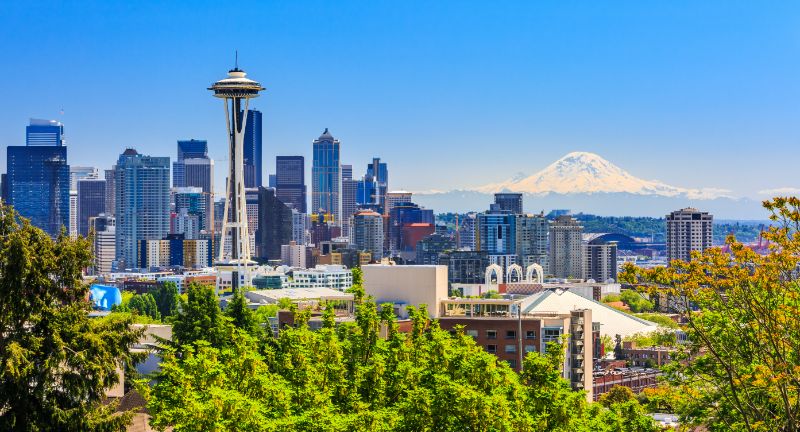
Shutterstock
Seattle’s public transportation system, including buses, light rail, and ferries, provides extensive coverage across the city and surrounding areas. The city’s commitment to expanding bike lanes and pedestrian-friendly spaces reflects its dedication to sustainable living. With stunning views of mountains and waterways, walking and biking become pleasurable experiences. Seattle’s neighborhoods are well-connected, ensuring that a car-free lifestyle is practical and desirable.
Portland, Oregon
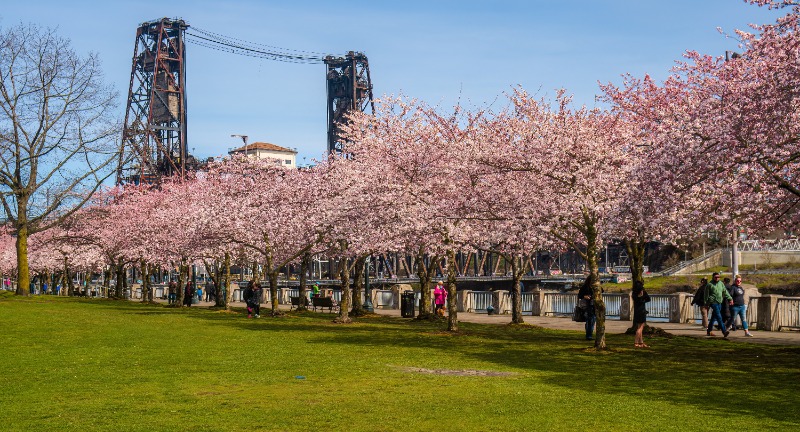
Shutterstock
Portland is a haven for those who prefer biking and public transit over car ownership. The city’s light rail, streetcars, and buses are complemented by an extensive network of bike lanes and trails. Portland’s compact size and progressive transportation policies make it easy to navigate without a vehicle. Known for its eco-conscious culture, Portland offers a quality of life that embraces sustainability and active living.
Philadelphia, Pennsylvania
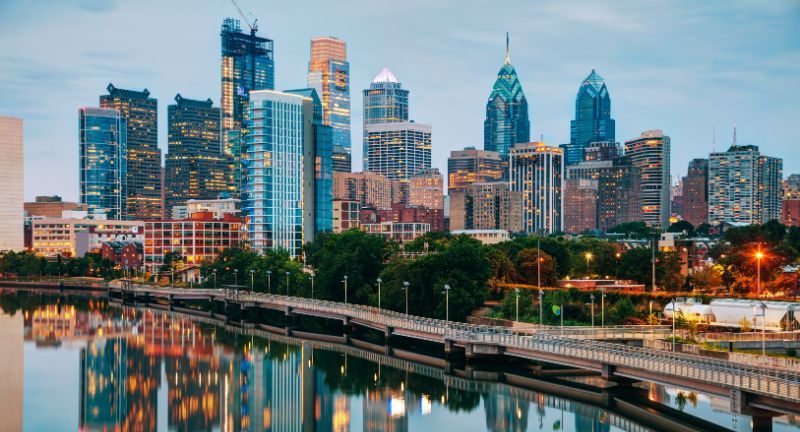
Shutterstock
Philadelphia’s SEPTA system, with its combination of buses, trolleys, and subways, makes it easy to live without a car. The city’s rich history is evident in its walkable downtown area, where iconic landmarks like Independence Hall and the Liberty Bell are within strolling distance. Philadelphia’s diverse neighborhoods offer all necessary amenities close by, enhancing the convenience of a car-free lifestyle. The city’s growing network of bike lanes also encourages cycling as a primary mode of transport.
Minneapolis, Minnesota
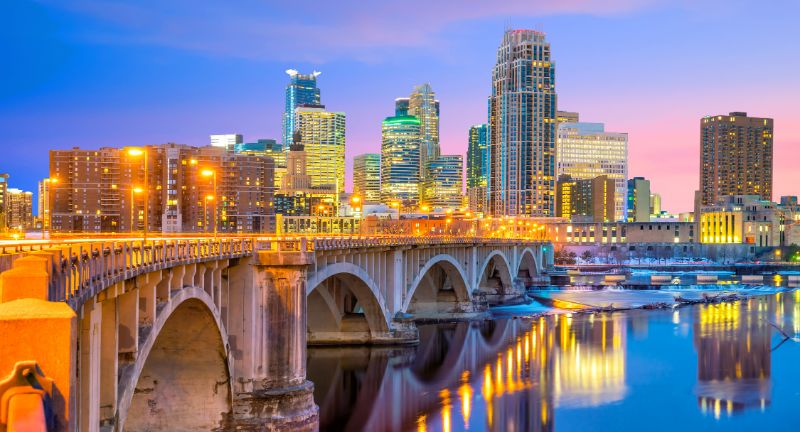
Shutterstock
Minneapolis stands out for its comprehensive public transportation and extensive network of bike paths, making car-free living highly accessible. The city’s light rail system and buses connect key areas, while numerous bike trails cater to the cycling community. Minneapolis is also known for its green spaces and outdoor activities, which are easily reachable without a car. This commitment to sustainable transport options fosters a healthy and active lifestyle for its residents.
Denver, Colorado
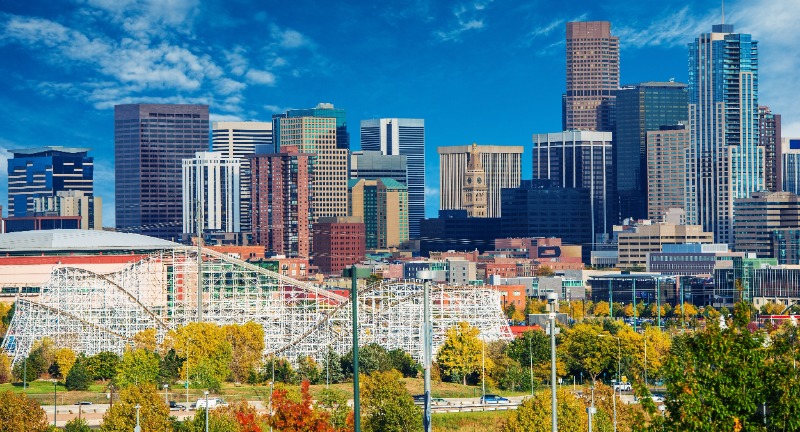
Shutterstock
Denver’s expanding light rail and bus systems provide ample coverage for those looking to live without a car. The city’s commitment to creating bike-friendly infrastructure is evident in its growing number of bike lanes and paths. Denver’s mild climate and scenic surroundings make biking and walking pleasant year-round activities. With vibrant neighborhoods and a thriving downtown area, Denver supports a car-free lifestyle with ease and enjoyment.
Austin, Texas
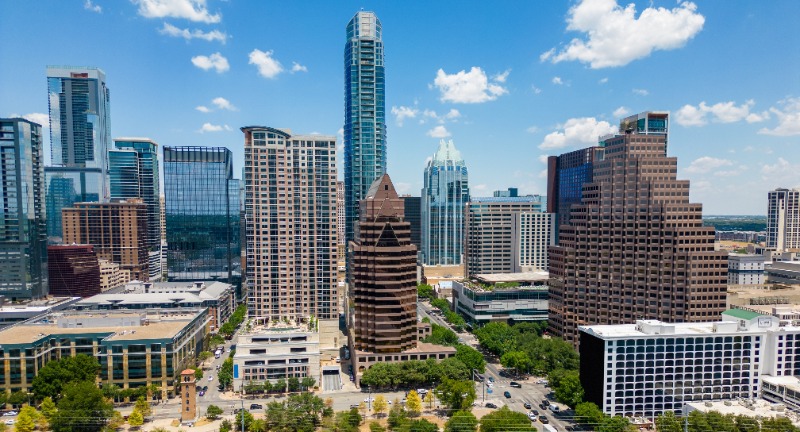
Shutterstock
Austin is rapidly becoming one of the most bike-friendly cities in the country, with expanding bike lanes and trails. The city’s bus system, coupled with a growing light rail network, makes public transportation a viable option. Austin’s compact and lively downtown area is highly walkable, offering numerous entertainment, dining, and shopping options. The city’s commitment to sustainability and active living is reflected in its transportation infrastructure.
Madison, Wisconsin
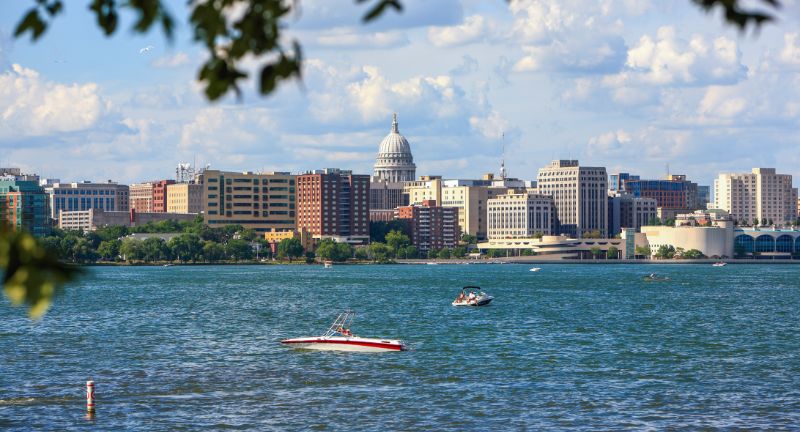
Shutterstock
Madison’s reliable bus system and extensive network of bike paths make it easy to navigate without a car. The city is known for its active lifestyle, with residents frequently biking or walking to their destinations. Madison’s layout and compact size mean that most amenities are within easy reach, fostering a strong sense of community. The city’s commitment to sustainable living is evident in its transportation policies and infrastructure.
New Orleans, Louisiana
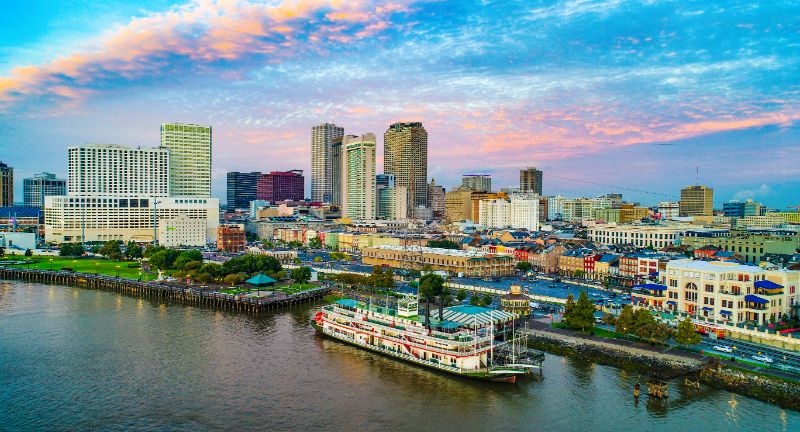
Shutterstock
New Orleans offers a unique and charming transportation experience with its historic streetcars and comprehensive bus network. The compact and walkable French Quarter, along with other neighborhoods, makes exploring the city on foot a delightful experience. New Orleans’ vibrant culture and numerous festivals are easily accessible without a car. The city’s layout and public transit options make it convenient to live car-free.
Honolulu, Hawaii
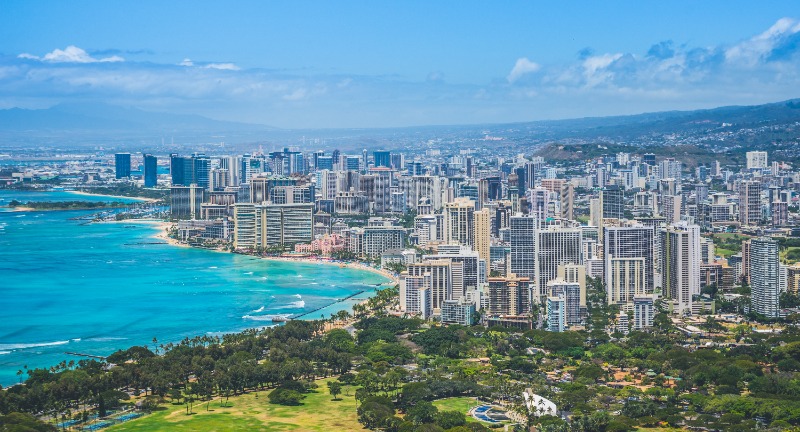
Shutterstock
Honolulu’s award-winning bus system, TheBus, provides extensive coverage throughout the city and surrounding areas. The city’s compact layout and beautiful scenery make walking and biking enjoyable and practical. Honolulu’s tropical climate encourages outdoor activities, and many amenities are within easy reach. Living car-free in Honolulu allows residents to fully embrace the island lifestyle.
Pittsburgh, Pennsylvania
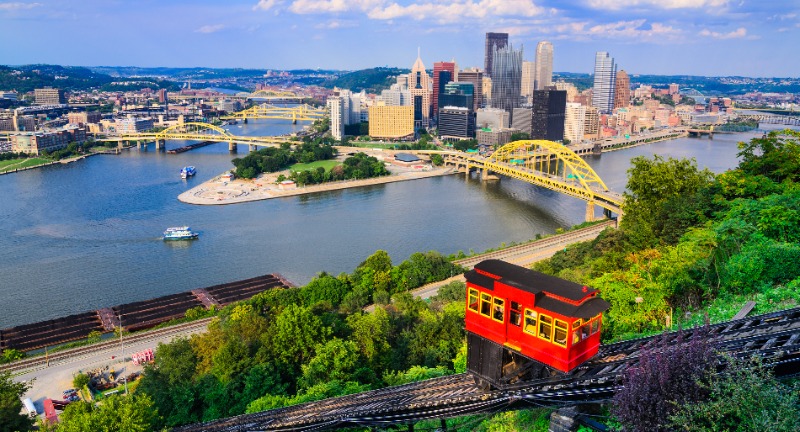
Shutterstock
Pittsburgh’s robust public transportation system, including buses and light rail, covers key areas of the city. The city’s unique geography, with its rivers and hills, is complemented by numerous pedestrian-friendly bridges and trails. Pittsburgh’s vibrant neighborhoods and cultural attractions are easily accessible without a car. The city’s commitment to walkability and sustainable transport options makes it ideal for car-free living.
Salt Lake City, Utah
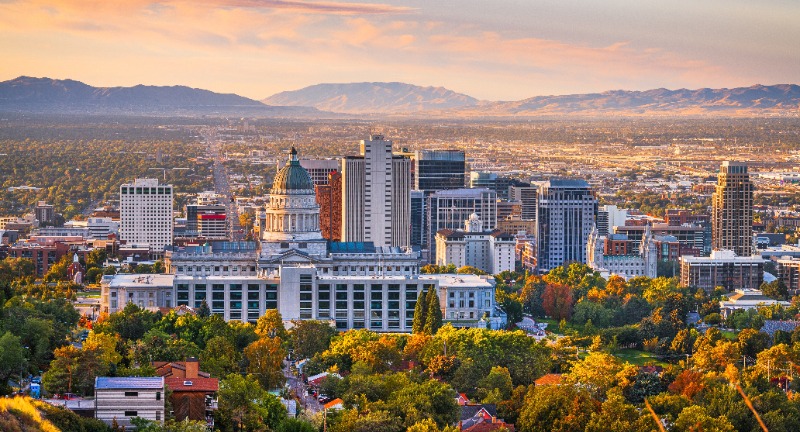
Shutterstock
Salt Lake City’s TRAX light rail and bus system offer comprehensive coverage, making it easy to live without a car. The city’s bike-share program and expanding network of bike lanes encourage cycling as a primary mode of transport. Salt Lake City’s layout and scenic surroundings make walking and biking pleasant and convenient. The city’s transportation infrastructure supports a healthy and active lifestyle.
San Diego, California
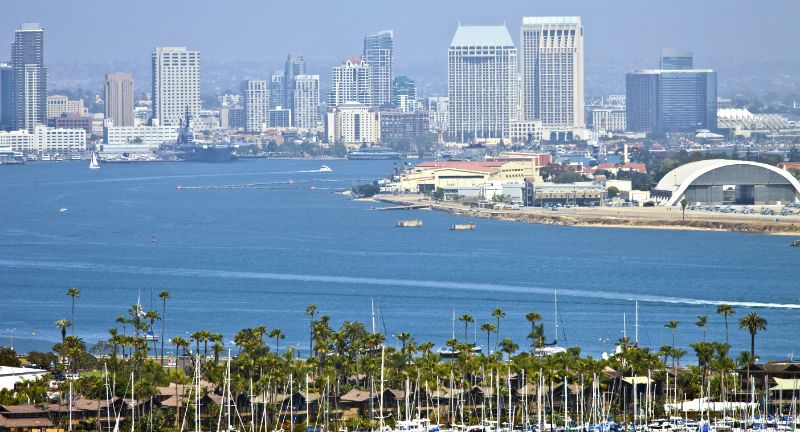
Shutterstock
San Diego’s trolley system and buses provide extensive coverage, making it easy to navigate the city without a car. The city’s temperate climate and beautiful coastal views make biking and walking enjoyable year-round. San Diego’s vibrant neighborhoods and numerous attractions are easily accessible via public transit. The city’s commitment to sustainable living is reflected in its transportation options.
Sacramento, California
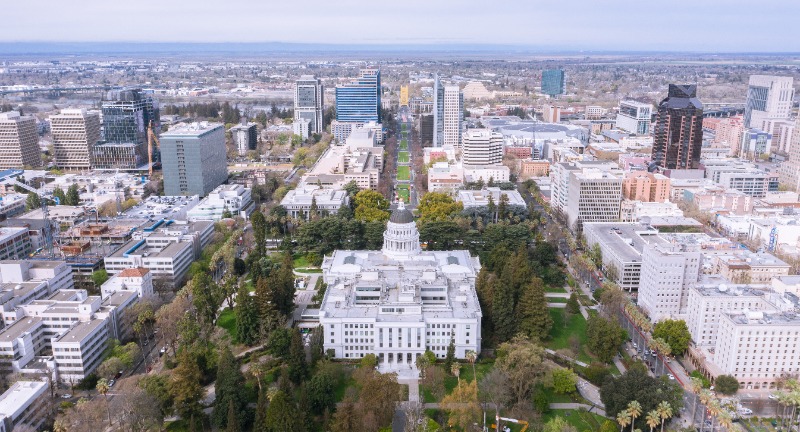
Shutterstock
Sacramento’s reliable light rail and bus system make commuting without a car straightforward and convenient. The city’s flat terrain and growing number of bike lanes encourage cycling as a primary mode of transport. Sacramento’s compact downtown area is highly walkable, offering numerous dining, shopping, and entertainment options. The city’s transportation policies promote sustainability and active living.
Buffalo, New York
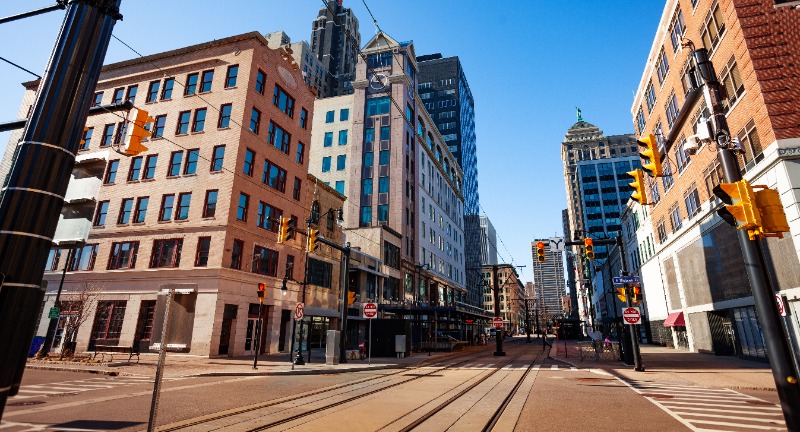
Shutterstock
Buffalo’s NFTA system, including buses and a light rail line, provides comprehensive coverage across the city. The city’s downtown area is highly walkable, with many amenities and attractions within easy reach. Buffalo’s commitment to expanding bike lanes and trails supports a car-free lifestyle. The city’s transportation infrastructure ensures convenience and accessibility for all residents.
Baltimore, Maryland
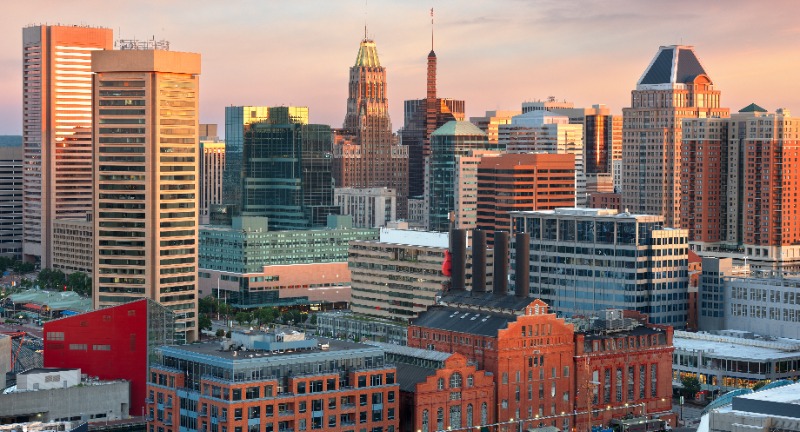
Shutterstock
Baltimore’s public transportation system, including buses, light rail, and a metro subway, covers key areas of the city. The Inner Harbor and surrounding neighborhoods are pedestrian-friendly, offering numerous attractions within walking distance. Baltimore’s bike-share program and expanding network of bike lanes encourage cycling as a primary mode of transport. The city’s layout and transportation options make living without a car feasible and enjoyable.
Cleveland, Ohio
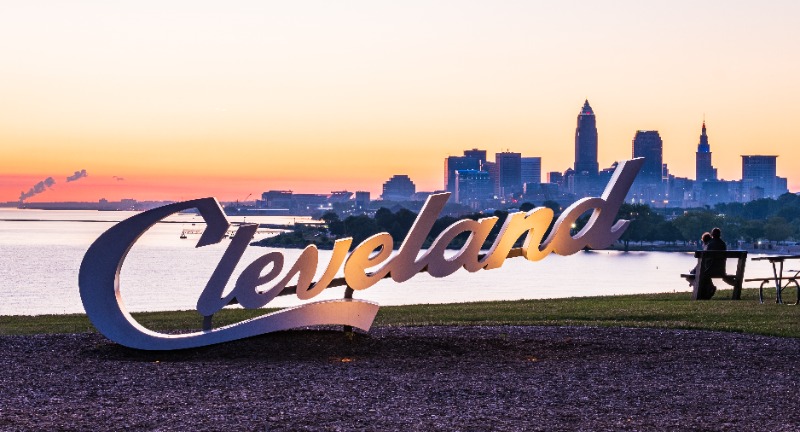
Shutterstock
Cleveland’s RTA system offers comprehensive bus and rapid transit services, making it easy to navigate the city without a car. The city’s downtown and cultural areas are highly walkable, with many amenities and attractions nearby. Cleveland’s commitment to expanding bike lanes and trails supports a car-free lifestyle. The city’s transportation infrastructure ensures convenience and accessibility for residents and visitors alike.
St. Louis, Missouri

Shutterstock
St. Louis features a light rail system known as Metrolink and an extensive bus network, providing ample coverage for those living without a car. The city’s parks, cultural attractions, and vibrant neighborhoods are often within walking distance. St. Louis’ bike-share program and growing number of bike lanes encourage cycling as a primary mode of transport. The city’s transportation options promote a sustainable and active lifestyle.
Providence, Rhode Island
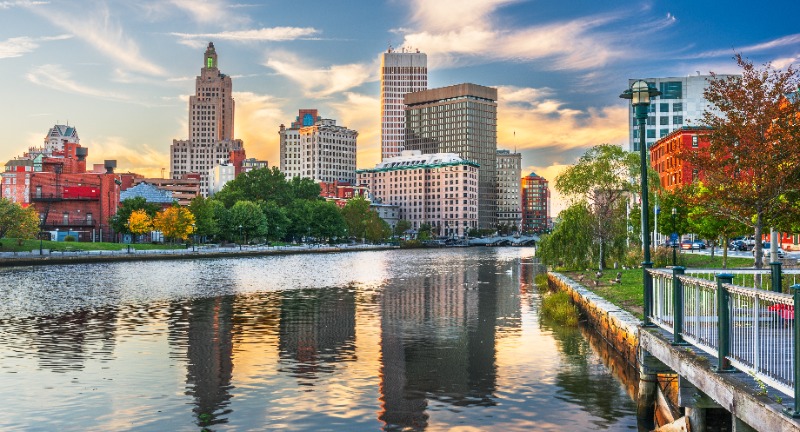
Shutterstock
Providence’s compact size and RIPTA bus system make it easy to get around without a car. The city’s historic districts and downtown area are highly walkable, offering numerous attractions and amenities within strolling distance. Providence’s bike-friendly infrastructure encourages cycling as a primary mode of transport. The city’s transportation policies support a sustainable and car-free lifestyle.
Raleigh, North Carolina
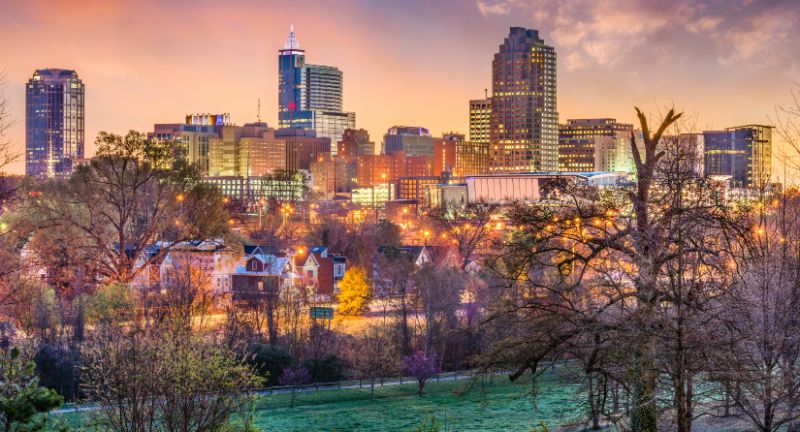
Shutterstock
Raleigh’s public transportation system, including buses and a growing network of bike lanes, makes living without a car practical and convenient. The city’s downtown area is pedestrian-friendly, with many amenities and attractions within walking distance. Raleigh’s commitment to expanding bike lanes and trails supports an active and sustainable lifestyle. The city’s transportation infrastructure ensures accessibility and convenience for all residents.
Orlando, Florida
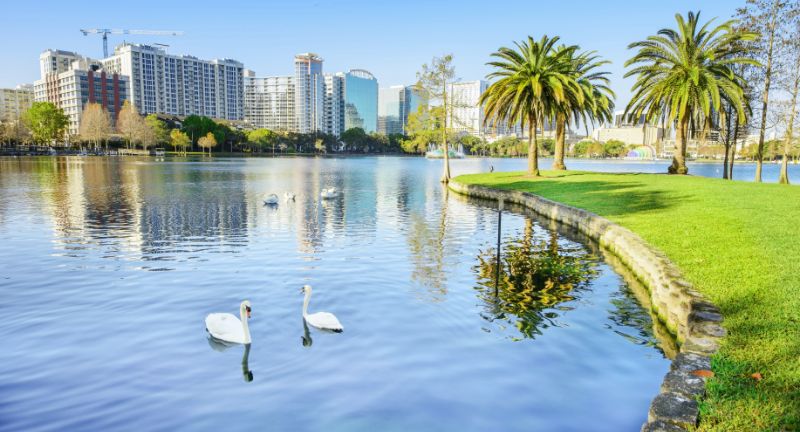
Shutterstock
Orlando’s bus system and commuter rail service provide comprehensive coverage, making it easy to navigate the city without a car. The city’s warm climate and scenic surroundings encourage biking and walking, especially in central areas. Orlando’s vibrant neighborhoods and numerous attractions are easily accessible via public transit. The city’s commitment to sustainable living is reflected in its transportation options, promoting a car-free lifestyle.
Conclusion
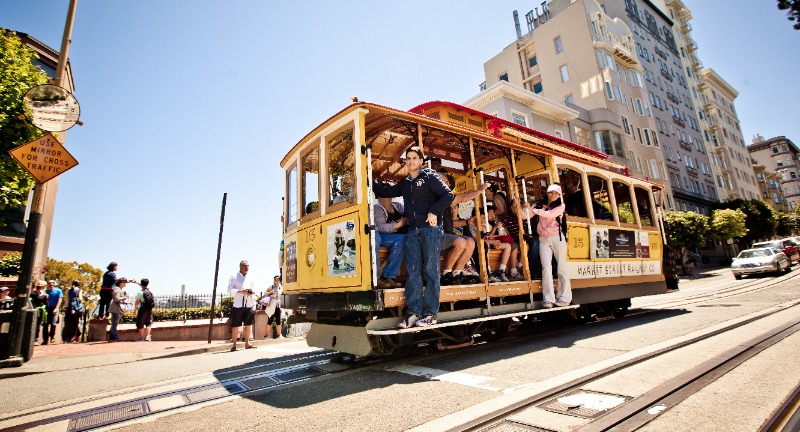
Shutterstock
Living in a city designed for car-free living offers numerous benefits, from financial savings to a healthier lifestyle and a reduced environmental footprint. These 25 cities in the United States demonstrate that it is entirely possible to navigate daily life using public transportation, biking, and walking. By choosing to live in these vibrant, accessible urban areas, you can enjoy greater convenience and a more sustainable way of life. Embrace the opportunity to leave behind the hassles of car ownership and explore the freedom of a car-free city.

 Entertainment3 weeks ago
Entertainment3 weeks ago
 Celebrity News6 days ago
Celebrity News6 days ago
 Celebrity News6 days ago
Celebrity News6 days ago
 Celebrity News1 month ago
Celebrity News1 month ago
 News6 days ago
News6 days ago
 Celebrity News3 weeks ago
Celebrity News3 weeks ago
 Entertainment2 days ago
Entertainment2 days ago
 Entertainment3 weeks ago
Entertainment3 weeks ago



































